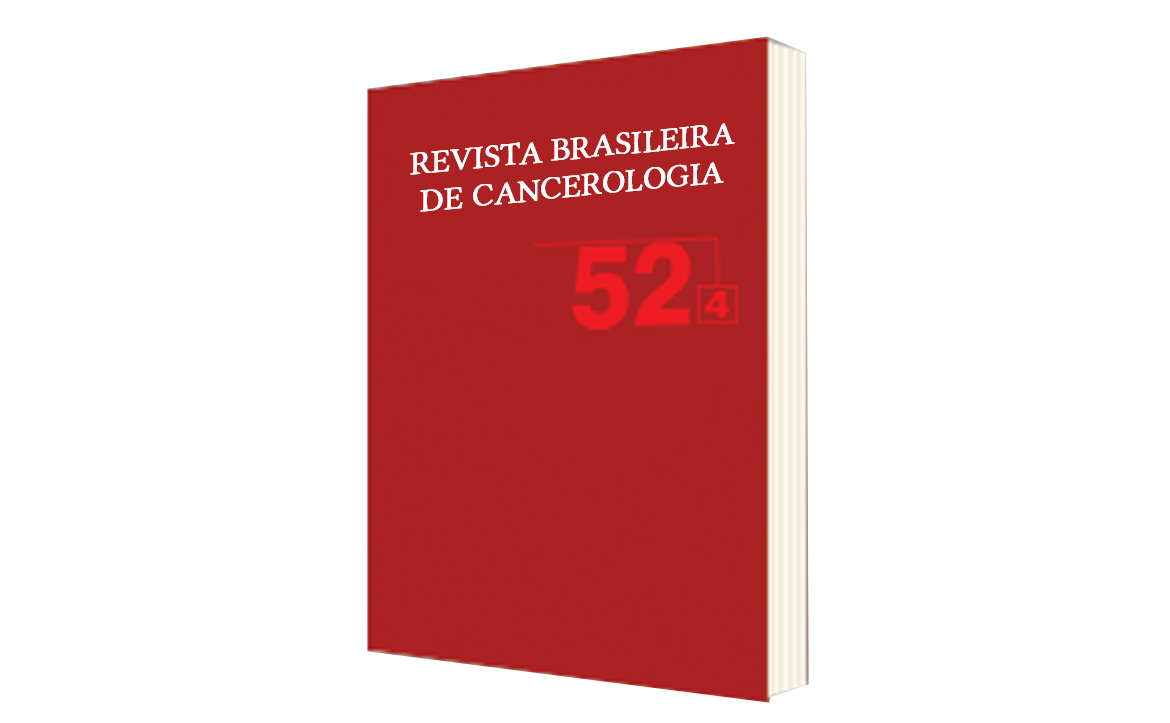Bile fibronectin in biliary stricture diagnosis
DOI:
https://doi.org/10.32635/2176-9745.RBC.2006v52n4.1846Keywords:
Bile, Cholangiopancreatography, Fibronectin, JaundiceAbstract
Background: The methods currently available for differential diagnosis between benign and malignant biliary strictures are suboptimal. This study aimed to compare bile fibronectin levels in patients with malignant biliary stricture, benign stricture, and those without obstructive lesions. Methods: Bile samples were collected in 50 patients with malignant (40) and benign (10) extra-hepatic biliary stricture and 10 patients without biliary stricture (control group) during endoscopic retrograde cholangiopancreatography (ERCP). Total bile fibronectin was determined by enzymatic immunoassay. Direct bilirubin, alkaline phosphatase, gamma-glutamyltransferase, aspartate aminotransferase, and alanine aminotransferase serum levels were determined in patients with biliary stricture before ERCP. Final diagnosis was established by surgery, biopsy, or follow-up. Results: Patients with malignant neoplasia were significantly older (p= 0.02) and had higher levels of biochemical tests related to cholestasis (p< 0.01). There was no significant difference in bile fibronectin level between patients with malignant stricture (694.2 ± 823.5ng/ml), benign stricture (828.9 ± 925ng/ml), and controls (466.5 ± 621.5 ng/ml), or between patients with (721.2 ± 836.6 ng/ml) and without stricture (466.5 ± 621.5 ng/ml). Conclusions: Mean age and laboratory levels related to cholestasis were higher in patients with malignant neoplasia. Isolated determination of total bile fibronectin was not efficient for the differential diagnosis of biliary strictures.









